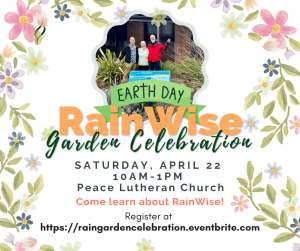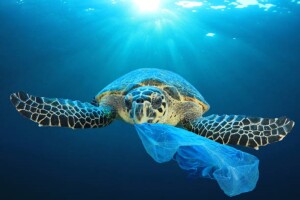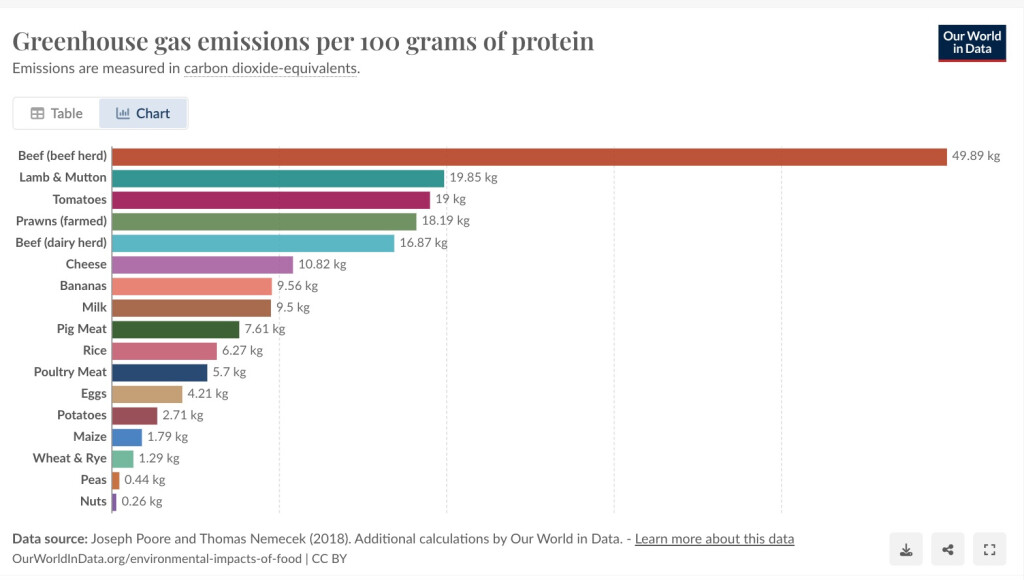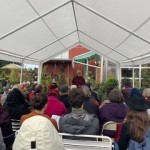The RainWise program hosting a Garden Celebration at Peace Lutheran Church!
Come learn about RainWise and meet contractors on April 22nd from 10 a.m. to 1 p.m.

We are so excited for this event for our neighbors in Sunrise Heights, Westwood, Fauntleroy, and Arbor Heights! This event is produced by the RainWise Program and features garden experts of all sorts and will benefit all Seattle residents with an interest in gardening.
You will:
- be able to talk to an array of gardening, rainwater catchment and composting experts,
- go on a garden tour to see a RainWise rain garden in action,
- get resources from Noxious Weeds, Natural Yard Care, Adopt-a-Street, National Wildlife Federation,
- explore funding opportunities for rain gardens, cisterns, and other green infrastructure solutions,
- talk with homeowners who have been through the RainWise installation process, and
- meet with different RainWise contractors and have the chance to ask questions specific to your homes.
There will be activities for kids and refreshments available!
Register at https://raingardencelebration.eventbrite.com. See you there!
About RainWise Rebates: With every storm, rain carries pollutants off our roofs, driveways, and other hard surfaces to local creeks, Lake Washington, and Puget Sound. Rain gardens and cisterns can help control this stormwater, but we need your help! In selected areas of Seattle, the City of Seattle and King County will pay up to 100 percent of the cost of installing rain gardens and cisterns on homeowners’ properties.
We recommend you check your eligibility for a RainWise rebate at https://700milliongallons.org/rainwise/eligibility.
—- More details below ———————————————————————————————————————–
RainWise, a partnership between King County Wastewater Treatment Division and Seattle Public Utilities, has a BIG ANNOUNCEMENT!
The West Seattle neighborhoods around Sunrise Heights, Westwood, Fauntleroy, and Arbor Heights are eligible for RainWise rebates – again!
In 2013, King County joined the RainWise program, and parts of West Seattle became eligible for rebates that pay for rain gardens and cisterns on private properties. By capturing the rain that falls on roofs, these installations help keep stormwater out of the sewer system and prevent overflows at the Barton Pump Station near the Fauntleroy ferry dock. After five years in the program, almost 150 properties put in rain gardens and cisterns that manage the equivalent of rain falling on five acres of roofs. In addition, 15 blocks of highly engineered roadside rain gardens were put in to let rain washing down streets and sidewalks to soak into the ground. All of this has really helped but as we look to a future of heavy rains and atmospheric rivers, we would love more help to manage the rain in this area.
How does RainWise help? During heavy rains, the sheer volume of polluted stormwater can cause our combined sewers to overflow. This negatively impacts human health and the health of marine life, such as salmon and orcas. We can reduce this water pollution by installing green stormwater infrastructure solutions, such as rain gardens and cisterns. This is where RainWise comes in.
What is RainWise? RainWise is a rebate program jointly run by King County Wastewater Treatment Division and Seattle Public Utilities. RainWise rebates help property owners manage the rain by installing cisterns and/or rain gardens on their private property. This not only helps reduce stormwater pollution, but mitigates flooding, adds attractive landscaping, and can provide water for summer irrigation.
You can check your eligibility for rebates at 700milliongallons.org/rainwise/eligibility. And, for addresses not eligible for RainWise, Green Stormwater Mini-Grants are available as well at 12000raingardens.org/gsi-mini-grants.
To learn more, please attend our upcoming RainWise Garden Celebration at Peace Lutheran Church where you can talk to various RainWise, sustainability, and garden experts to learn about the program. There will be tours of Peace Lutheran’s RainWise installation, refreshments, and activities. This is a family-friendly event!
Saturday, April 22nd, 10 am – 1 pm
Peace Lutheran Church, 8316 39th Ave SW, Seattle, WA 98136. Register at https://raingardencelebration.eventbrite.com
Not eligible? Feel free to reach out to us! We are happy to help provide you with resources. Check out 12000raingardens.org/about-rain-gardens/incentives to see what other programs are available to you.
For more information:
– About Creation Care at Peace Lutheran Church
– About our Creation Care Team





 Saturday, May 6th, 2023
Saturday, May 6th, 2023



